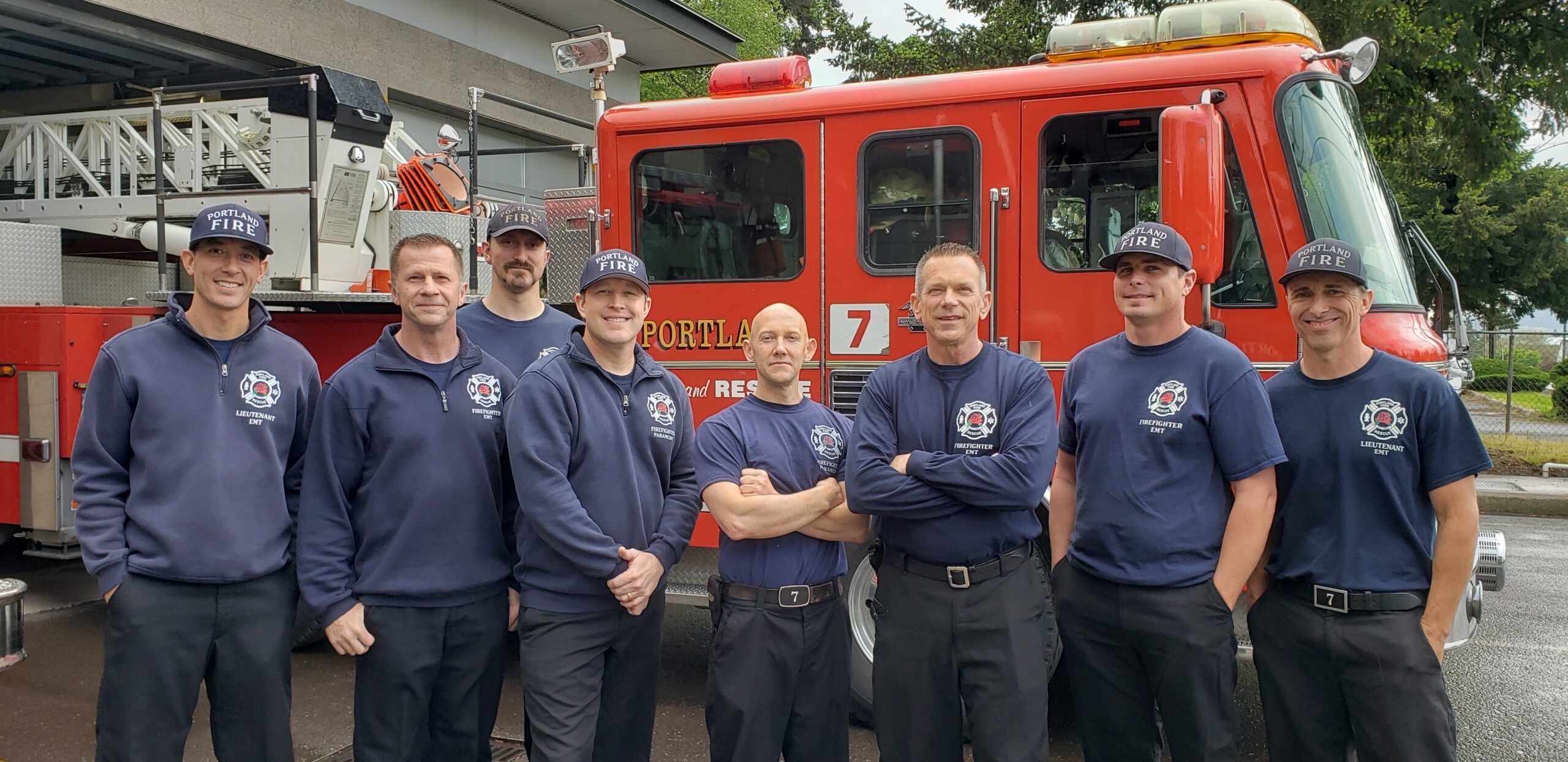
PORTLAND, Ore.– The 167 page study conducted by CityGate Associates gathered information on Portland Fire & Rescue from 2016-2020. Stewart Gary, Public Safety Principal has 52 years in the Fire Service. Here are some of the highlights from the report:
The largest requests for service in each year reached 50,000 or a bit more per year. Those were EMS calls. Calls labeled Other, including HAZMAT, Auto accidents, and water rescues reached over 30,000 from 2017-2020.
- Station Simultaneous Incidents by Battalion
- One or more simultaneous incidents: 74.74 percent
- Two or more simultaneous incidents: 58.35 percent
- Three or more simultaneous incidents: 39.27 percent
- Four or more simultaneous incidents: 23.06 percent
The highest rate of incidents happened in years 2017, 2018, and 2019.
Emergency Timeline Targets
Survival is reduced by 7 – 10 percent each minute Defibrillation is Delayed. Brain death can happen in 8-10 minutes. A fire doubles in size every minute. Ideally the last unit to travel to a fire should arrive by 8 minutes.
Response Performance Summary
’16 ’17 ’18 ’19 ’20 | Best P.| Performance Difference
Call Processing/Dispatch 2:27 | 2:28 | 2:29 | 2:32 | 2:41 | 1:30 | +1:21
Crew Turnout 2:05 | 2:06 | 2:08 | 2:13 | 2:18 | 2:00 | +0:18
First-Unit Travel 6:10 | 6:13 | 6:01 | 6:07 | 6:13 | 4:00 | +2:13
Call to Arrival 9:16 | 9:24 | 9:15 | 9:29| 9:50 | 7:30 | +2:20
ERF Travel (Last Due) 11:24 |11:24 |10:33| 10:38| 10:42| 8:00|+2:42
Dispatch is ONLY reporting 9-1-1 received to “queued time” not crew notify time. If dispatch and notify times hit goals, 1:29 minutes is saved resulting in 8:21.
Different Response Strategies
- Fire’s Community Health Division (CHD) programs are gearing up to address low-acuity EMS calls.
- The differing delivery approaches need time yo be fully operational–1 to 2 years likely.
Staffing
* EMS/Community Health Teams need training, supervision, and quality care oversight to ensure standards are met
* Headquarters Programs across 3 levels of priority need an additional 35 FTE positions
* Immediate Critical Phase
16 Full time positions need to filled, in addition to a revised organizational design structure.
Next Steps
1. Adopt updated response time goals
2. Obtain permanent funding for Community Health teams
3. Based on Community Health Team impact, add recommended fire crew deployment enhancements as identified, starting with restoring Engine 23.
4. Start funding multi-year Capital Improvement Plan projects for one or more fire stations beginning with Station 7 area in Southeast Portland.
9AM to Dark is above the recommended response curve for Station 7 located at at 1500 SE 122nd in Portland. This is the BUSIEST in the city. 8AM is a very busy time. Often crews will work past 10 or 11PM. This does not give them time to cleanup, rest and eat.
Fire Chief Sara Boone says in part, ” When someone is in need in the city, this is our responsibility. Where we are falling short as a fire department is, we haven’t set a standard when it comes to a time frame for response. We’re using outdated 4 minutes travel time. Fire is not incorporating the dispatch time. What has been built is not meeting the current community standards and service delivery. We are about 20 years behind. We have not adapted to the 21st Century and the demand of a an all hazard fire emergency medical services and technical rescue agency. ”
” We need the 16 positions filled as a fire agency of a metropolitan city. Those positions help with span of control, training, oversight, management, equipment, accountability and quality control.”
Mayor Ted Wheeler commented, ” City Council will have to deal with the question of re-tooling city government to focus on first responder activities. That will be a controversial topic. it can’t be turned over to the next generation of elected leadership. We need to heed the gaps in the data we’ve received. All First Responder Bureaus have said they are 20 years behind and critically understaffed. ”
As a result of today’s discussion, City Commissioner Mingus Mapps who oversees 9-1-1 for the city says,”I will take the next 30 days to work with Community Safety Transition Director Mike Myers and BOEC Director Bob Cozzie to look at ways to speed up and shorten call times. Just this past Saturday, callers waited over 2 minutes for operators to answer. On normal days right now in Portland 9-1-1 calls are answered 87 seconds and 90 seconds to get off hold.” To save lives calls need to be directed in 15 to 20 seconds.
City Commissioner JoAnn Hardesty (Fire Commissioner) and her staff led the way to make the CityGate Associates Study Happen.
